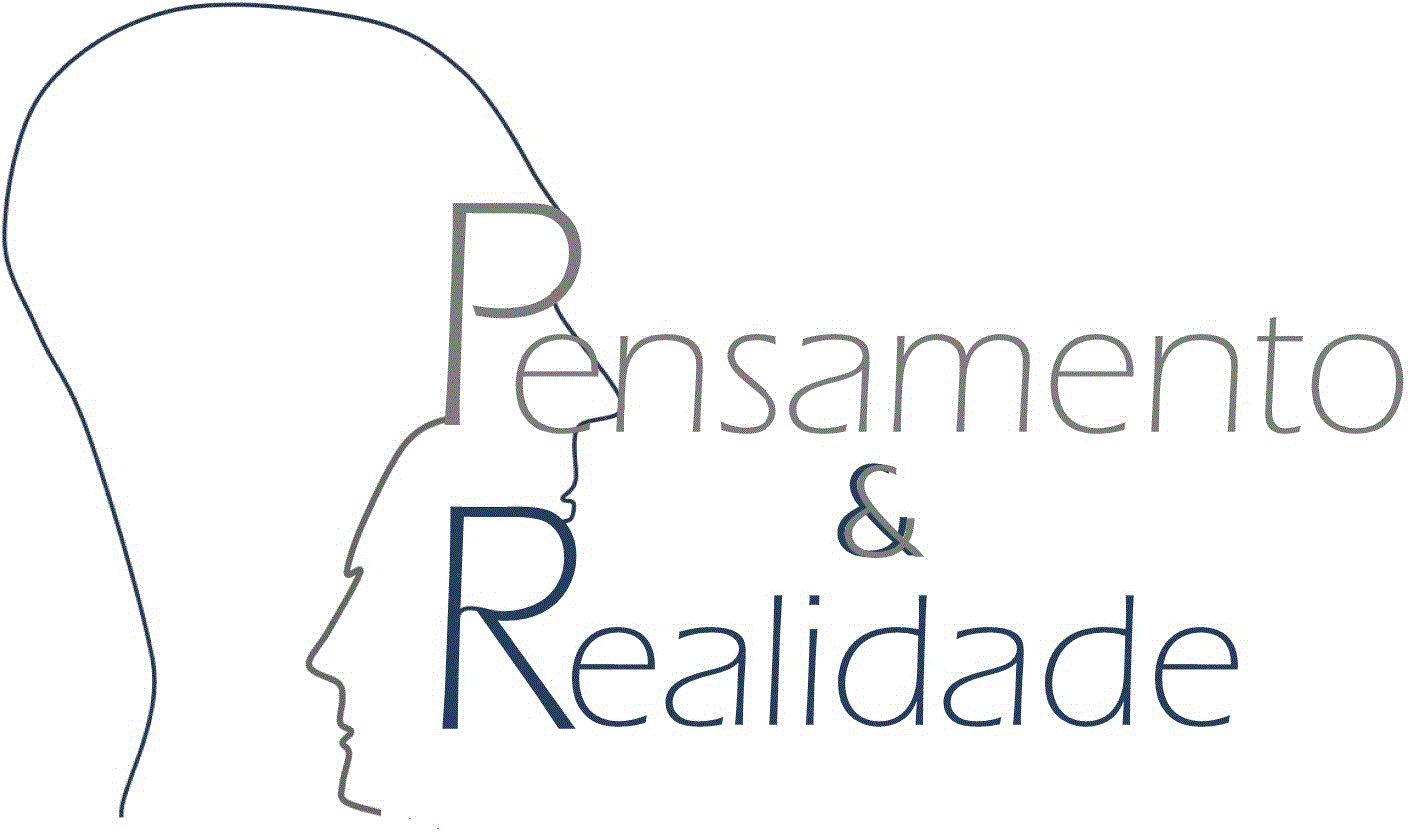Comparative theoretical study between chaos theory and the innovation process
DOI:
https://doi.org/10.23925/2237-4418.2020v35i3p129-138Palabras clave:
Chaos theory, Innovation, Uncertainty environmentResumen
This article aims to make a correlation between chaos theory and the innovation process. Unlike what the name seems to be, chaos theory is linked to discovering simple patterns and laws that govern several complex phenomena. The complex is also innovation; therefore, this article makes an analogy of the innovation process from its conception to its implementation in the market with three principles of chaos theory: system, nonlinearity, and complexity. The innovative organization is characterized by constant innovation and complexity in nature. Uncertainty is an essential feature of innovation, which means an inability to predict the prospecting processor's outcome to set the best way to achieve a goal. Unpredictability is one of the characteristics of chaotic systems in which any minimal initial change in their conditions causes drastic changes in their course. Based on these premises, analogies were made to serve as a basis for further studies.
Citas
BORMAN, Stu. Researchers find order, beauty in chaotic chemical systems. Chemical & Engineering News. Washington, v. 69, p.18-20, 21 Jan. 1991
BYGRAVE, Willian D. The entrepreneurship paradigm (II): Chaos and catastrophes
among quantum jumps? Entrepreneurship: Theory & Practice. Waco, v. 14, n. 2, p. 7-30, winter 1989.
BEINHOCKER, E. Strategy at the Edge of Chaos. The McKinsey Quarterly Reader: n.3, 2000.
CLARK, K.; FUJIMOTO, T. Product development performance. Boston: Harvard Business School Press, 1991.
CLARK, K. B.; WHEELWRIGHT, S. C. Managing new product and process development: text and cases. New York: Free Press, 1993.
CLARK, K. B.; WHEELWRIGHT, S.C. The product development challenge: competing through speed, quality, and creativity. Harvard Business Review Book, Hardcover, 1995.
COOPER, R. A process model for industrial new product development. IEEE Transactions on Engineering Management, 30, p. 2-11,1983.
DAFT, R.; WEICK, K. Toward a model of organization as interpretative systems. Academy of Management Review, 9 p.43-66, 1984.
DEMO, Pedro. Pesquisa e construção do conhecimento: metodologia científica no caminho de Habermas. Rio de Janeiro: Tempo Brasileiro, 1994.
DEMO, Pedro. Metodologia do conhecimento científico. São Paulo: Atlas, 2000.
DOUGHERTY, D. Organizando para a Inovação. in CLEGG, S.; HARDY, C.; NORD, W. (Org.). Handbook de estudos organizacionais. São Paulo: Atlas, 1999.
DOWNS, G.; MOHR, L. Conceptual issues in the study of innovation. Administrative Science Quarterly, 21, p. 700-714, 1976.
EISENHARDT, K.; BROWN, S. Competing on the Edge. Boston: Harvard Business School Press, 1998.
FREEDMAN, David H. Is management still a science? (Overview of the literature on chaos theory applied to organizations). Harvard Business Review. Boston, v.70, n. 6, p. 26-28 + Nov./Dec.1992.
GIOVANNINI, F. As organizações e a complexidade: Um estudo dos sistemas de gestão da qualidade. São Paulo: Universidade de São Paulo – USP, 2002. (Tese de doutorado em Administração de Empresas – FEA/USP).
GLEICK, J. A criação de uma nova ciência. 9.ed. Rio de Janeiro: Campus, 1999.
HEISENBERG, W. The physical principles of the quantum theory. Courier Corporation. 1949.
KIEL, L. Douglas. Nonequilibrium theory and its implications for public administration. Public Administration Review. Washington, v. 49, n. 6, p.544-551, Nov./Dec. 1989.
LEONARD-BARTON, D. Implementation as mutual adaptation of technology and organization. Research Policy, 17, p. 251-267, 1988.
MINTZBERG, H. A Organização Inovadora. In: MINTZBERG, H., QUINN, J.B. (ed.). Processo da Estratégia, 3. ed., Leitura 12.1, Porto Alegre, RS, Brasil, Bookman, 2001.
NONAKA, Ikujiro. Creating organizational order out of Chaos: self-renewal in Japanese firms. California Management Review. Berkeley, v.30, n.3, p57-73, Spring 1998.
PRIGOGINE, Ilya; STENGERS, Isabelle. Entre o tempo e a eternidade. São Paulo: Schwarcs, 1992.
ROSENBERG, N. Exploring the Black Box: Technology, Economics, and History, Cambridge, UK, Cambridge University Press, 1994.
ROTHWELL, R. Successful Industrial Innovation: Critical Factors for the 1990s, R&D Management, v. 22, n. 3, pp. 221-239, 1992. In: TIDD, J., BESSANT, J.; PAVITT, K. Managing Innovation: Integrating Technological, Market and Organizational
Change, Chichester, West Sussex, England, John Wiley & Sons, 1997.
ROTHWELL, R. Industrial Innovation: Success, Strategy, Trends. In: DOGSON, M.; ROTHWELL, R.; The Handbook of Industrial Innovation, Cheltenham, UK, Edward Elgar. 1994.
RUELLE, D. Acaso e caos. São Paulo: Editora da Universidade Estadual Paulista, 1991.
STACEY, R. D. The chaos frontier: creative strategic control for business. Oxford, UK: Butterworth-Heinemann, 1991.
STEWART, I. Dieu Jone – T – II Dés? Les Mathématiques du chaos. Flammarion, France, 2. eme, 1988.
TIDD, J., BESSANT, J., PAVITT, K., Managing Innovation: Integrating Technological, Market and Organizational Change, Chichester, West Sussex, England, John Wiley & Sons. 1997.
WOOD JUNIOR, Thomaz. Teoria do caos e administração de empresas. In: WOOD JUNIOR, Thomaz (coord.). Mudança Organizacional: Aprofundando temas atuais em administração de empresas. São Paulo, Edit Atlas, 1995.
YANG, E.; DOUGHERTY, D. Product innovation: more than just making a new product. Creativity and Innovation Management, 2, 1993.
Descargas
Publicado
Cómo citar
Número
Sección
Licencia
Derechos de autor 2020 Pensamento & Realidade

Esta obra está bajo una licencia internacional Creative Commons Atribución-NoComercial 4.0.
Os autores concedem à revista todos os direitos autorais referentes aos trabalhos publicados. Os conceitos emitidos em artigos assinados são de absoluta e exclusiva responsabilidade de seus autores.

